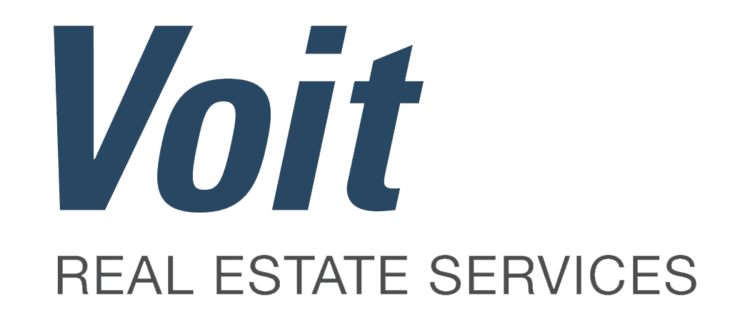Financing Commercial Real Estate: Part 1
Owner-User Financing Alternatives
Have you ever considered owning a building to call home for your business? The owner/user model has been around for decades and has been a tremendous wealth-building tool for business owners throughout the nation.
The San Diego Region has long been a leader in owner-user sales and that trend continues to this day. Let’s take a look at how you can become your own landlord and build wealth for yourself, while still providing significant advantages to your company.
What is an Owner-User Transaction?
In an owner-user transaction, you as the business owner buy the building personally and then lease it back to your company. Thus, you are both landlord and tenant, which allows you to customize the metrics of the investment to maximize the benefit to both entities.
In a straight lease transaction, your company pays a third-party investor who enjoys all the benefits of ownership and builds wealth for himself. In the owner-user model, that investor is you.
This is not to say that leasing space is a bad thing. In fact, it is the best option for many companies who want the flexibility to move to a more suitable space when their lease term ends, rather than having to go through a sale of one property to acquire another when market conditions may not be optimal.
Business owners whose space needs are more stable over the long term are the best candidates for the owner-user approach.
How to Finance an Owner-User Transaction
The key driver to owner-user transactions is the financing, and there are two main ways to go; a conventional loan through a bank or other financial institution, or through the Small Business Administration’s (SBA) 504 loan program.
The main difference between the two to you is the amount of money that can be borrowed. Conventional loans for owner-users top out at around 75% of the purchase price because one lender is making the entire loan and assumes all the risk in the event of default. Conventional loans may also carry a slightly higher interest rate for the same reason. Conventional financing, however, is a good option for buyers looking to make a more significant initial investment to manage monthly payments, or for those who are otherwise ineligible to work through the SBA.
In our experience, once a prospective buyer is up to speed on how SBA financing works, they are more inclined to go in that direction. While some are wary of government red tape, obtaining SBA financing is just as seamless as a conventional loan, and borrowers never deal directly with the SBA.
In fact, it’s the conventional lender, in collaboration with the SBA, who handles the entire process. Most national and regional banks have separate divisions that handle only SBA financing, and they are well-versed and equipped to take care of the entire process.
How an Owner-User Transaction Works
Here’s how it works: The conventional lender makes a 1st Trust Deed loan, usually for approximately 50% of the purchase price (which reduces its risk), and assists the borrower in obtaining a 2nd Trust Deed loan through the SBA’s 504 program for up to 40% of the purchase price.
This means the borrower can make a down payment of as little as 10% of the purchase price. Both loans can be fully amortized over 25 years, which means the borrower makes the same payments every month for the life of the loan. There is only one loan application to complete and the conventional lender handles the entire process for both loans.
Advantages of This Program
There are several advantages with this program for both the business owner as an individual and his business. In most instances, the company pays rent to the business owner in an amount equal to the mortgage payment. Then, the business owner uses the rent payment to pay the monthly debt service on the loans, building equity through principal pay-down as each payment is made, rather than having his company send a rent check to a stranger every month.
With consistent payments over 25 years, occupancy cost is fixed for the business; no more annual rent increases required. Plus, the business owner gets the tax benefits of interest deductions and depreciation throughout the life of the investment.
So, in the owner-user scenario, everyone can win.
-The conventional lender is less exposed
-The business owner builds wealth through appreciation and principal pay-down
-The business’s occupancy costs are fixed for up to 25 years
A Final Word
Since the 1970’s when the owner-user option became popular, business owners have generated enormous wealth for themselves by becoming their own landlords, while controlling operating expenses for their businesses at the same time.
Right now, interest rates are at a historic low point but have begun to move higher due to the expected actions of our central bank to stem rising inflation. Currently, borrowers can expect to pay a blended rate for both loans in the mid-3% range but could rise substantially in the next few months.
Your Voit professional has all the knowledge and tools to help you decide whether using SBA financing to acquire your own facility is right for you. All it takes is a phone call to start the process.
Next up: Our post on financing for third-party investors. Keep an eye out!











